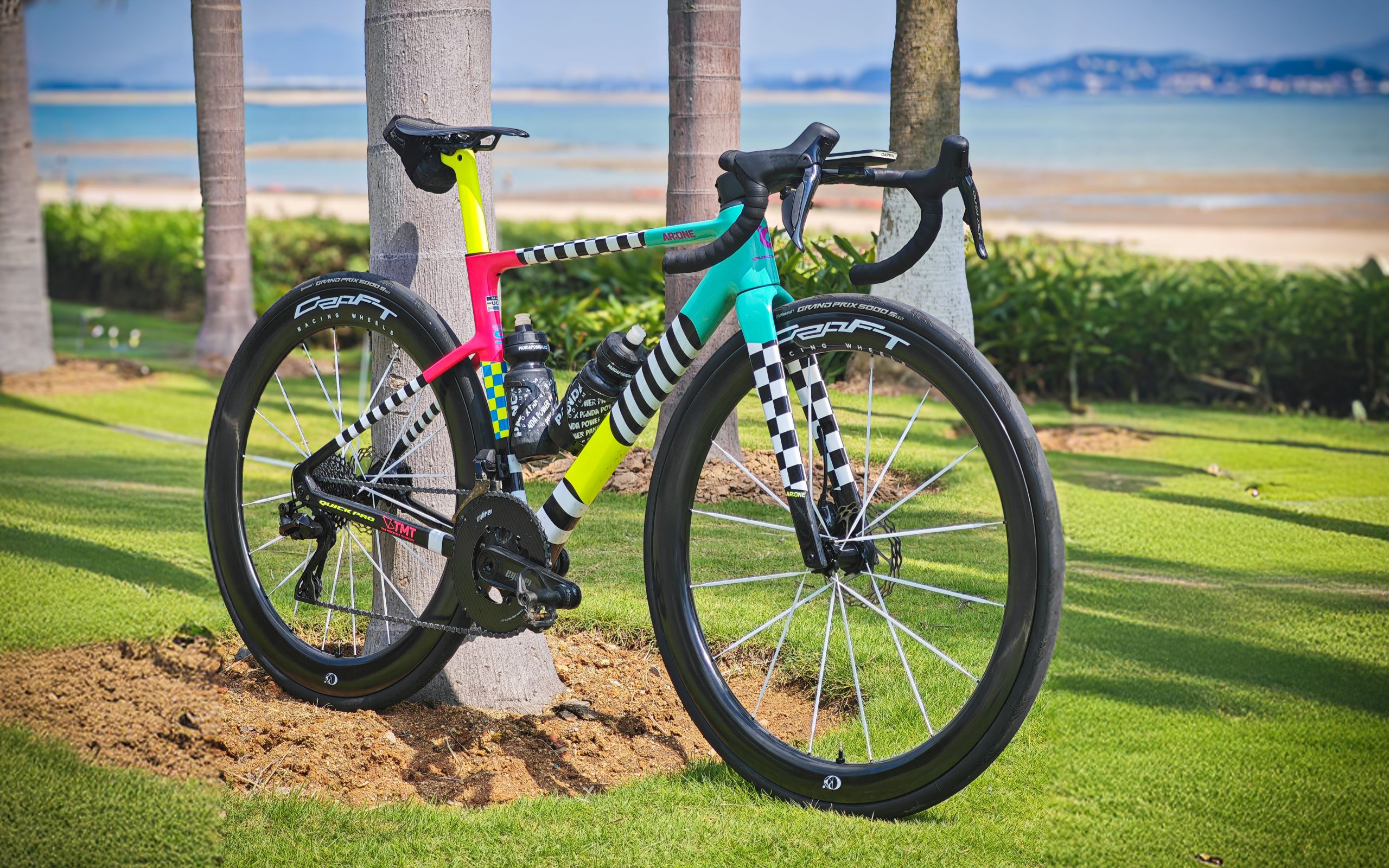
I’ve Built Over 30 Chinese Road Bikes – Here’s How to Get the Most Speed for Your Money
Joe Whittingham2025-07-09T07:17:06+00:00Building your own bike (or having your local bike shop do it for you) has many advantages. One of the more attractive benefits is cost, but in my opinion, the best thing about building your own bike is that every single component is of your own choosing. With an off-the-shelf complete road bike, you get what you’re given.
One aspect is performance: the bike may come with skinny climbing wheels, but you live in pancake-flat Florida. Another important aspect is fit and comfort – you have no choice over things like stem length, bar width, or crank length. Building your own bike gives you full control over all of these details.
This article isn’t going to focus on the physical act of building the bike, but rather guide you on how to choose the best components.
Defining Your Riding Goals & Budget
What’s the goal of your bike? Are you building an all-round race bike? An endurance bike for bike-packing adventures? Or are you looking to get into crit racing? The first step is to have a clear idea of what the bike will be used for. This way, all your subsequent decisions can support that goal.
While you’re thinking about these decisions, one of the key things to consider is tires. What size tires will you be using? This will affect many other aspects of the build. There’s a trend toward wider tires on road bikes, but if you’re a lighter rider or live in an area with smooth road surfaces, you may not need them.
- Lighter riders on pristine roads will likely be fastest on 25mm tires.
- Middleweight riders on average roads will probably perform best on 28mm tires.
- Heavier riders on poor roads will generally be faster (and more comfortable) running 32mm tires at lower pressures.
Think about this early so you don’t run into issues later (for example, with frame tire clearance).
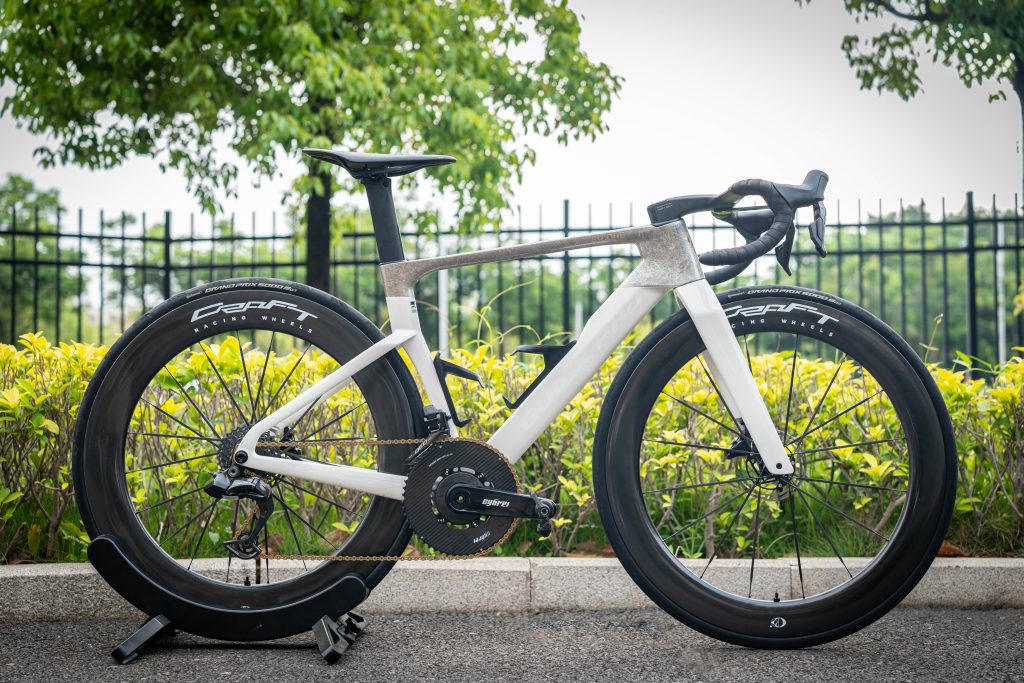
If you’re fortunate enough to have the resources (and space) for multiple bikes, then each one can be more specialized (no, not that Specialized). However, if (like most people) you’re limited to one bike, it may need to be more of an all-rounder. You could consider having two pairs of wheels for different ride types.
With the goals of the bike established, it’s time to talk about budget. As a rule of thumb, the more you spend, the faster you go. However, it’s definitely a game of diminishing returns. Toward the absolute pinnacle of performance, you’ll be paying increasingly more money for increasingly smaller gains.
In general, for a high-performance road bike, a budget of anywhere between $3,000 and $6,000 USD is probably the sweet spot. With your budget in mind, you can roughly distribute the money between the various components. The exact breakdown depends on what’s most important to you, but as a general guide:
- Frame ≈ 35%
- Wheels ≈ 25%
- Drivetrain ≈ 20%
- Finishing kit & extras ≈ 20%
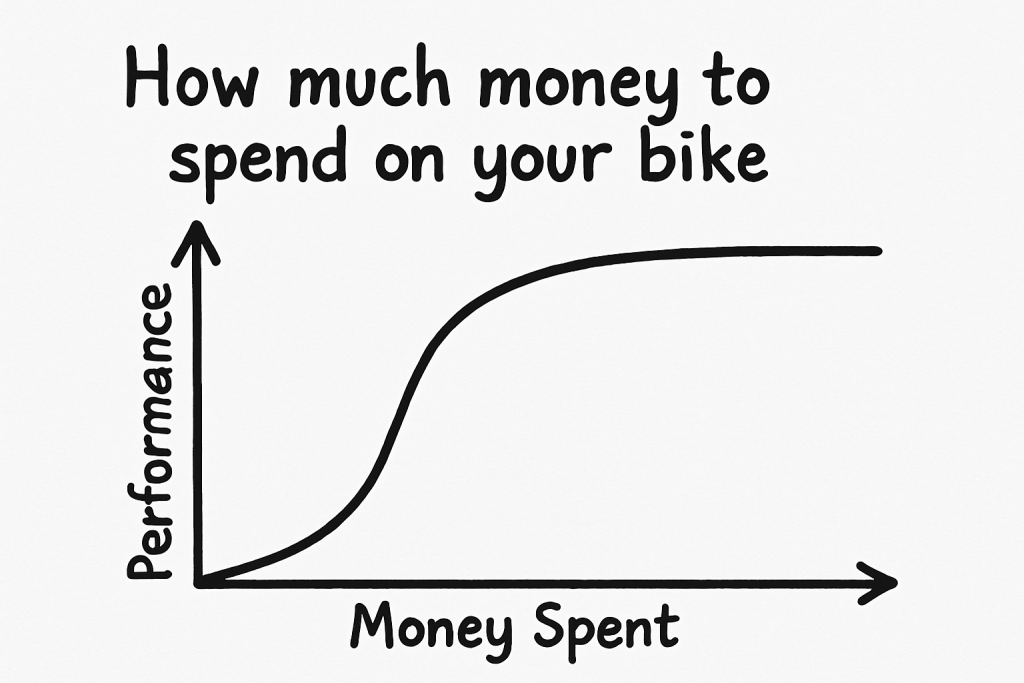
Bike Fit Basics Before You Buy
As mentioned in the intro, one of the key advantages of building your own bike is that it should fit you like a glove. You probably already have a road bike you can compare it to. If your current bike fits you perfectly, you can simply mimic the fit on your new bike by paying attention to various geometry stats such as stack and reach.
However, it’s likely your current bike has some areas you’d like to improve. Maybe you want to try narrower bars to get more aero, or shorter cranks to open your hip angle when you’re in a more aggressive position. This is your chance to get your bike setup just right.
Do your research on bike fit, and if you’re in doubt, talk to a local bike fitter or use an app such as My Velo Fit. If you need help, you can always reach out to our professional team.
Start with the Frame
The frame is the literal and metaphorical center of every bike build. Not only does it have a significant effect on performance and ride characteristics, but it also influences your other component choices due to factors like bottom bracket standards and tire clearance.
The first major decision is frame material. For performance, carbon is king. If you’re willing to sacrifice some weight for durability, titanium might be an option. For riders on a limited budget, don’t overlook aluminium. However, for most people building a high-end road bike, carbon will be the top choice.
A few years ago, the second major decision would have been between rim brakes and disc brakes. Unfortunately, the industry has all but abandoned rim brakes. Buying a rim brake frame in 2025 means you’re not future-proofed. Personally, I believe rim brakes still have their place, but in this day and age, it’s hard to recommend them for most riders.
As mentioned in the fit section, make sure the frame will fit you; not just in terms of general sizing, but also in terms of how aggressive the geometry is. A long, low front end allows for a fast, aerodynamic position… but if you can’t hold that position for sustained periods, you’ll just end up uncomfortable.
Also, pay attention to tire clearance. If you followed the advice above, you should already have an idea of the tire size you want to use. Make sure the frame supports it.
Finally, it’s worth checking groupset compatibility. More and more frames these days are dropping support for mechanical shifting. With electronic groupsets becoming increasingly affordable and accessible, it’s understandable, but if you’re planning to use mechanical shifting, be sure the frame is compatible before committing.
Our Most Popular Frames:
-
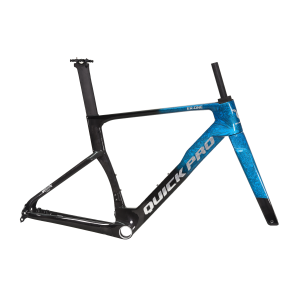
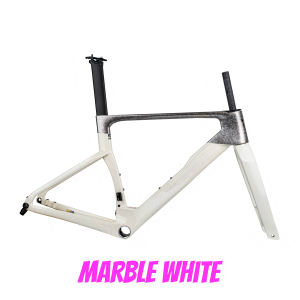 Select options This product has multiple variants. The options may be chosen on the product page
Select options This product has multiple variants. The options may be chosen on the product page -
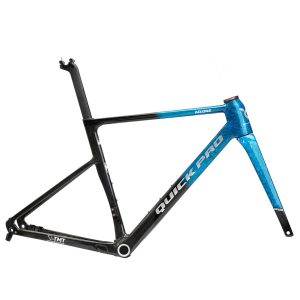
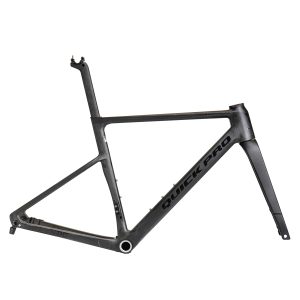 Select options This product has multiple variants. The options may be chosen on the product page
Select options This product has multiple variants. The options may be chosen on the product page -
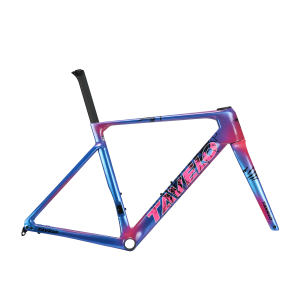
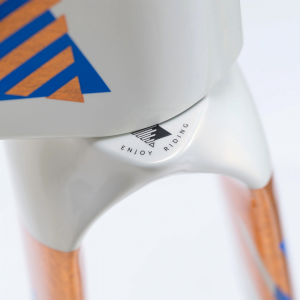 Select options This product has multiple variants. The options may be chosen on the product page
Select options This product has multiple variants. The options may be chosen on the product page -
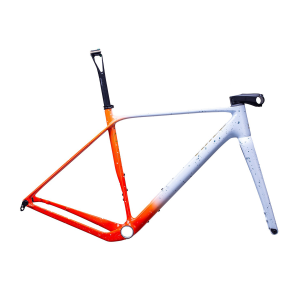
 Select options This product has multiple variants. The options may be chosen on the product page
Select options This product has multiple variants. The options may be chosen on the product page -
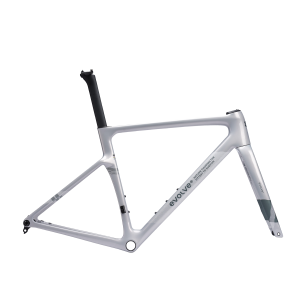
 Select options This product has multiple variants. The options may be chosen on the product page
Select options This product has multiple variants. The options may be chosen on the product page -
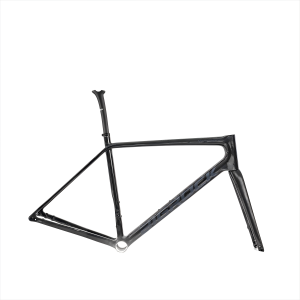
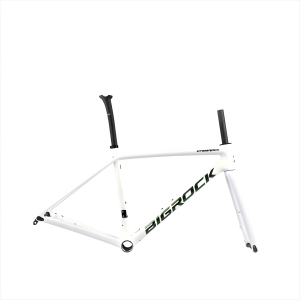 Select options This product has multiple variants. The options may be chosen on the product page
Select options This product has multiple variants. The options may be chosen on the product page
Wheels for Performance
While we recommend starting by choosing a frame (for reasons of compatibility) the biggest impact on bike performance probably comes from the wheels. It’s also an area of huge variation, from low-profile, skinny climbing wheels to deep, wide aero monsters.
During the planning stage, you’ve already decided what size tires you want to use, so when choosing a wheelset, it’s important to find a rim width that matches well. For road tires, a general rule of thumb is that the inner rim width should be around 4–6 mm narrower than the tire width, but always check with the manufacturer to be sure.
Next, you’ll want to choose your rim depth. Shallower rims are lighter and climb better, but usually generate more aero drag (i.e., they’re slower on the flats). Deeper rims are the opposite: heavier and slower on climbs, but faster on flat terrain. Of course, in the middle, there are plenty of options that aim to offer a “best of both worlds” solution.
Be warned: going too deep can negatively affect bike handling in windy conditions. This can be especially daunting for lighter riders. So, if you’re a lighter rider or live in a particularly windy area, you may want to stay under 50 mm for rim depth.
Spoke material is another important consideration. Traditionally, steel has been the material of choice for spokes. However, in recent years, carbon fiber spokes have become increasingly common. They offer a lighter, stiffer wheelset, but ride quality can suffer—more road vibrations may be transmitted to the rider. If you’re prioritizing performance, some road buzz is a small price to pay. But if comfort is a bigger concern, stick with steel. For maximum comfort, you might even consider polymer-spoked wheels. These string-like spokes dampen vibrations effectively, but at the cost of stiffness.
Once you’ve chosen a depth, width, and spoke material, you’ll likely face multiple options at varying price points. All else being equal, more expensive wheels tend to be lighter—thanks to more exotic materials and extensive CNC machining of the hubs.
Lastly, when purchasing your wheels, make sure to select the correct freehub body for your chosen groupset. For help narrowing down your options, try our wheelset comparison tool!
Some of Our Most Popular Wheelsets:
-
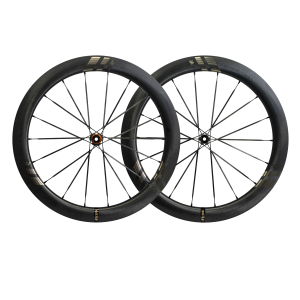
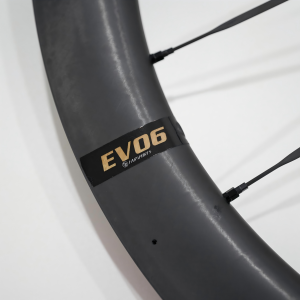 Select options This product has multiple variants. The options may be chosen on the product pageWheels Tires & Tubes, Wheelsets
Select options This product has multiple variants. The options may be chosen on the product pageWheels Tires & Tubes, WheelsetsFARSPORTS 2025 New EVO S Series Wheelset
$1,499.00 – $1,519.004.67 out of 5 -
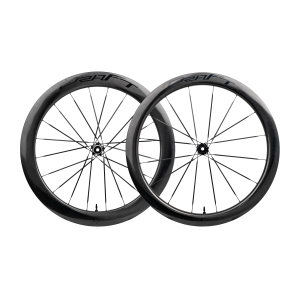
 Select options This product has multiple variants. The options may be chosen on the product pageWheels Tires & Tubes, Wheelsets
Select options This product has multiple variants. The options may be chosen on the product pageWheels Tires & Tubes, WheelsetsCRW Works 2026 CS5060 Road Disc Brake Wheelset
$1,680.00 – $1,720.005.00 out of 5 -
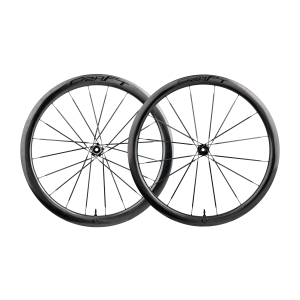
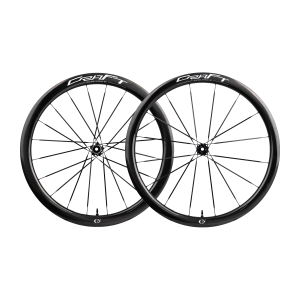 Select options This product has multiple variants. The options may be chosen on the product pageWheels Tires & Tubes, Wheelsets
Select options This product has multiple variants. The options may be chosen on the product pageWheels Tires & Tubes, WheelsetsCRW Works 2026 CS4045 Road Disc Brake Wheelset
$1,680.00 – $1,720.005.00 out of 5 -
-16%
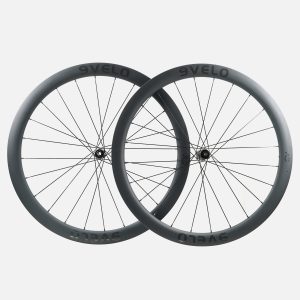
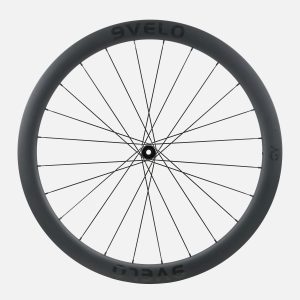 Select options This product has multiple variants. The options may be chosen on the product pageWheels Tires & Tubes, Wheelsets
Select options This product has multiple variants. The options may be chosen on the product pageWheels Tires & Tubes, Wheelsets9Velo 2024 GV45 2.0 Gravel Disc Brake Wheelset
$969.00 – $1,019.005.00 out of 5
Groupsets (Shifting & Braking)
Traditionally, consumers have only had two real choices for groupsets: SRAM or Shimano. Both brands offer a variety of options at different price points and will work perfectly for your new build.
Choosing between mechanical or electronic shifting used to be a tough decision, but these days, most bikes above $3,000 can be built with electronic shifting. Shop around for a good deal locally from a SRAM or Shimano reseller, you might be surprised at what you can find.
However, if you’re really looking to stretch your budget, there are more and more Chinese groupsets entering the market. L-TWOO’s eRX groupset had a rough start when it launched two years ago, but the company has since ironed out most of the kinks and now offers a product that delivers high performance without the high price tag. These Chinese options may require more troubleshooting and patience to set up, but there’s no denying their value for money.
There are additional decisions to make; such as choosing 1x or 2x, and deciding how many gears you need on the cassette. Do your research, and make sure all your components are compatible. For most riders building a road bike, 2x12 gears is probably the optimum setup.
The best shifting performance typically comes from using the cassette made by the same brand as your groupset. However, if you’re looking to save weight, there are a few ultra-light Chinese cassettes worth considering.
Lastly, make sure to purchase brake rotors that are compatible with your wheels. There are two main standards: center-lock and 6-bolt. Most modern road bike wheels use the center-lock standard.
Popular Groupset Components:
-
-7%
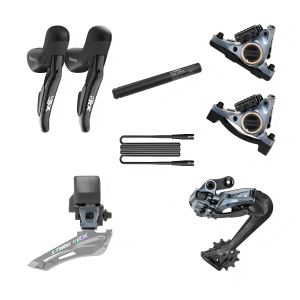
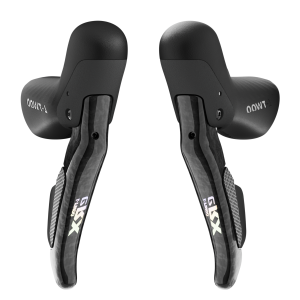 Select options This product has multiple variants. The options may be chosen on the product pageComponents, Groupsets
Select options This product has multiple variants. The options may be chosen on the product pageComponents, GroupsetsL-TWOO 2025 eRX Road Electronic Hydraulic Disc Brake Groupset 2×10-12 SPEED
5.00 out of 5$699.00Original price was: $699.00.$649.00Current price is: $649.00. -
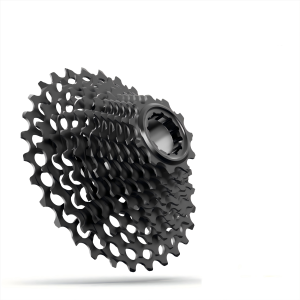
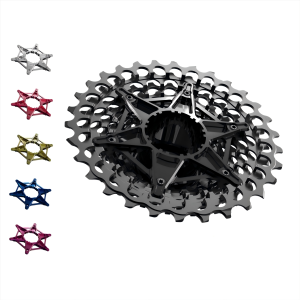 Select options This product has multiple variants. The options may be chosen on the product page
Select options This product has multiple variants. The options may be chosen on the product page -
Components, Groupsets
L-TWOO GR9 1x11s AluminIum Gravel Hydraulic Disc Brake Groupset
$289.005.00 out of 5 -
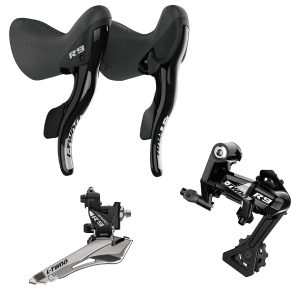
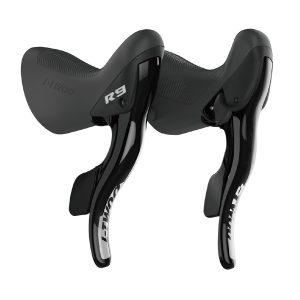 Select options This product has multiple variants. The options may be chosen on the product page
Select options This product has multiple variants. The options may be chosen on the product page
Cranksets (and Power Meters)
If you’re buying a complete groupset from Shimano or SRAM, it may come with a crankset included. However, try to buy a groupset without a crankset if possible. This gives you much more freedom to choose the perfect crank length and chainring size—and can save a lot of weight! The cranksets included in full groupsets are often heavy for the price.
First, choose the ideal crank length. In recent years, there’s been a trend toward shorter cranks, with many taller riders now using 165 mm cranks. Shorter riders may want to go even shorter, such as 150 mm or 155 mm. If you’re unsure, it’s best to consult a bike fitter.
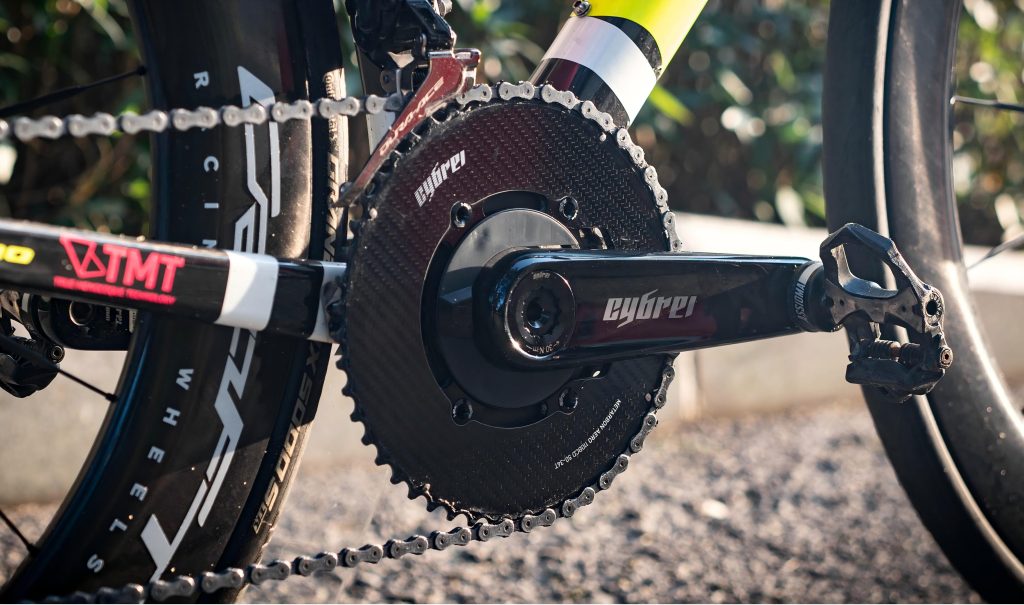
With crank length chosen, it’s time to select your chainring size. For most riders, 50/34 is more than enough. Stronger riders (or those who rarely climb) may prefer larger chainrings such as 53/39.
Crank spindles generally come in two standards: 24 mm and 29 mm. Typically, 24 mm spindle options are more expensive, as they require more exotic materials to achieve the same strength and stiffness as a 29 mm crank. For most users building a new bike, 29 mm is a great choice…just make sure to get the correct bottom bracket to match your frame and crankset.
The final consideration with cranksets is whether or not to get one that includes a power meter. Fortunately, there are great power meter crankset options available at a wide range of price points. Most of the cranksets we offer come with interchangeable spiders, so if your budget is tight, you can start without a power meter and upgrade later.
Popular Crankset Options:
-
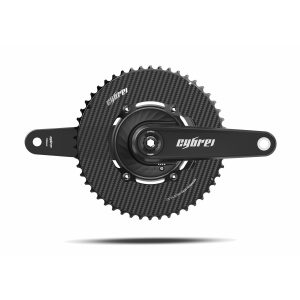
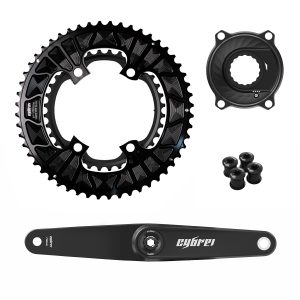 Select options This product has multiple variants. The options may be chosen on the product pageComponents, Cranksets, Power Meters
Select options This product has multiple variants. The options may be chosen on the product pageComponents, Cranksets, Power MetersCYBREI Carbon Crankset – Powermeter Spider w/ EVO or METARBON Chainrings
$889.00 – $1,059.005.00 out of 5 -
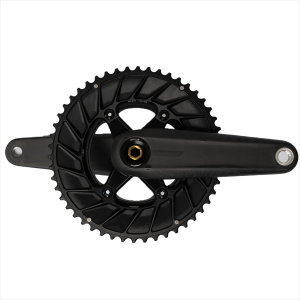
 Select options This product has multiple variants. The options may be chosen on the product pageComponents, Cranksets, Power Meters
Select options This product has multiple variants. The options may be chosen on the product pageComponents, Cranksets, Power MetersIncolor Skypivot Lightweight Road Bike Crankset
$380.00 – $929.004.75 out of 5 -
Chainrings, Components
CYBREI METARBON AERO 2X Carbon Chainring Combo 110×4 BCD
$262.004.50 out of 5 -

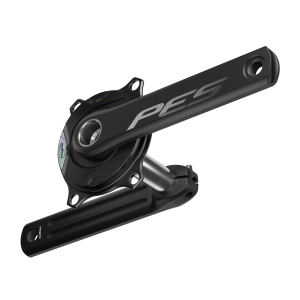 Select options This product has multiple variants. The options may be chosen on the product pageComponents, Cranksets, Power Meters
Select options This product has multiple variants. The options may be chosen on the product pageComponents, Cranksets, Power MetersMagene PES P515 Base Power Meter Crankset
$299.00 – $374.000 out of 5 -
-
Cockpit & Contact Points
The handlebar (or “cockpit,” as we MAMILs like to call it) is the main way you interact with your bike, and its size and position will greatly affect how aerodynamic and comfortable you are on the bike.
The first decision is whether to go with a separate bar and stem or an integrated solution. Most riders these days choose integrated for a cleaner look, better aerodynamics, and a superior strength-to-weight ratio. However, the downside is reduced adjustability—you won’t be able to fine-tune things like bar angle as easily.
The second key factor is size, which should be based on your bike fit and riding goals. Narrower handlebars generally allow for a more aerodynamic position, but if they’re too narrow, you may experience discomfort or find your elbows flaring outward negating any aero gains.
Each handlebar also has several geometry stats that affect ergonomics:
- Reach: the horizontal distance from the stem clamp to the hoods. It adds to the total reach of your setup (frame + stem + bar).
- Drop: the vertical distance from the tops to the drops.
- Flare: how much wider the drops are compared to the hoods. More flare can improve stability when sprinting or descending, but it often comes down to personal preference.
If you opt for an integrated cockpit, make sure you get the correct headset spacer or adapter to match your frame.

Other key contact points are the saddle and pedals.
Saddles are often a matter of personal preference, but they’re also an opportunity to save weight. If you want a bit of padding, check out the Yoeleo saddle. If you’re a true weight weenie, the 65g MVMT M-Gold ultralight saddle might be the one for you.
As for pedals, the two main standards for road bikes are Shimano SPD-SL and LOOK KEO. Each has multiple options, with the primary difference being weight—lighter pedals use more expensive materials and cost more.
If you ride multiple bikes, power meter pedals can be a great option, allowing you to move the power meter between bikes. Magene’s new P715 power meter pedals are a solid, budget-friendly choice worth considering.
Popular Choices:
-
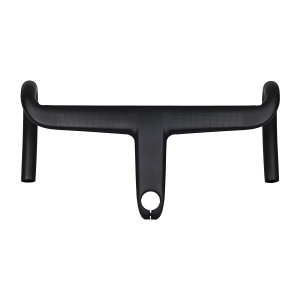
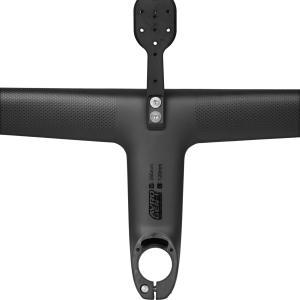 Select options This product has multiple variants. The options may be chosen on the product page
Select options This product has multiple variants. The options may be chosen on the product page -

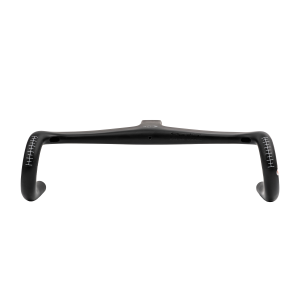 Select options This product has multiple variants. The options may be chosen on the product page
Select options This product has multiple variants. The options may be chosen on the product page -
-
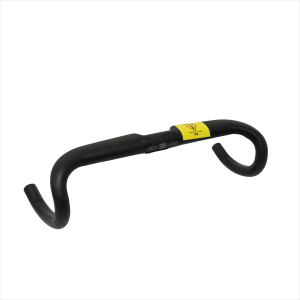
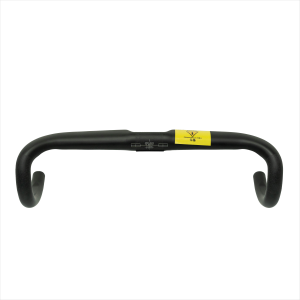 Select options This product has multiple variants. The options may be chosen on the product page
Select options This product has multiple variants. The options may be chosen on the product page -
-
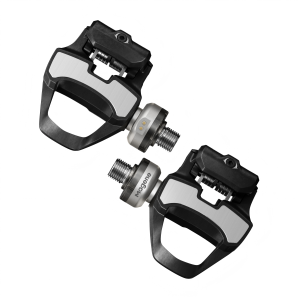
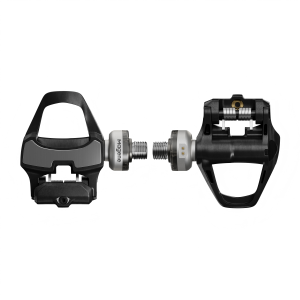 Select options This product has multiple variants. The options may be chosen on the product page
Select options This product has multiple variants. The options may be chosen on the product page
Tires & Tubes
We talked about tires in the intro, so you’ve probably already chosen your tire size. The next big decision is tubes vs. tubeless.
Tubed tires are a two-part system, consisting of the tire and an inner tube. The main advantages are ease of installation and weight. Tubed setups are usually lighter than their tubeless counterparts, and modern TPU inner tubes (such as those from RideNow) are even lighter than the sealant used in a typical tubeless setup.
Tubeless, as the name suggests, eliminates the inner tube. Instead, it relies on an air-tight tire, a precise fit with the rim, and liquid sealant to plug small punctures. The biggest advantage of tubeless is the ability to run lower tire pressures without risking pinch flats, improving comfort and grip.
Once you’ve chosen your size and whether to go tubed or tubeless, you’ll find a cornucopia of options with varying specs; rolling resistance, puncture protection, weight, grip, and more. Do your research and choose the option that best suits your riding needs.
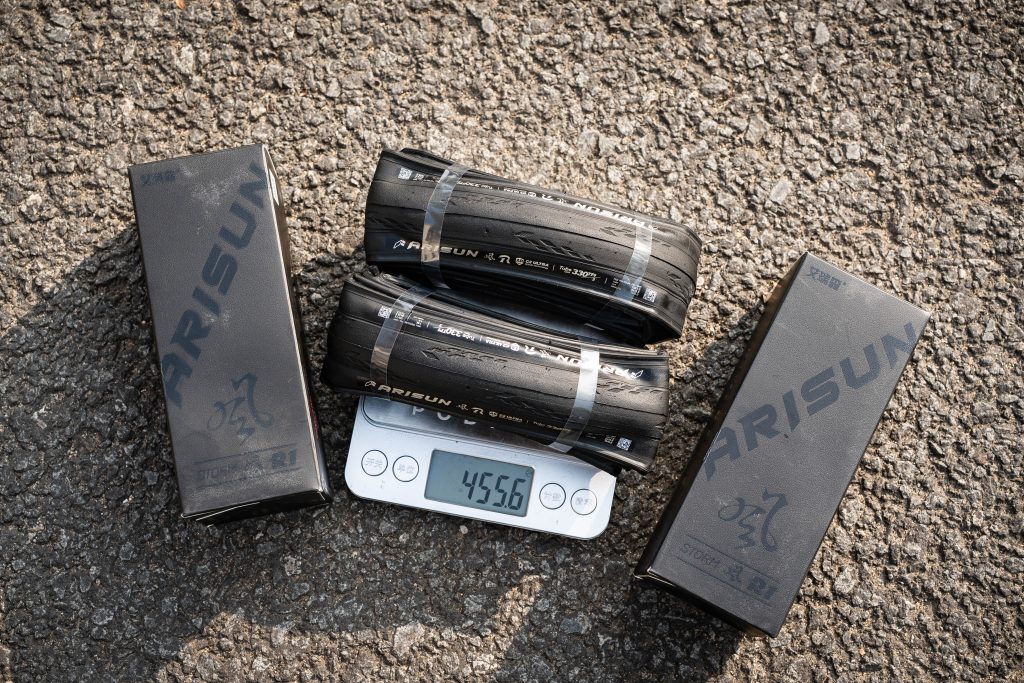
-
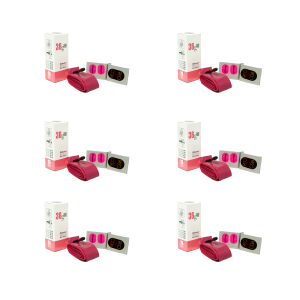
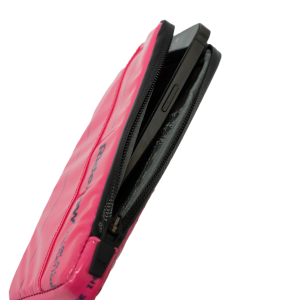 Select options This product has multiple variants. The options may be chosen on the product page
Select options This product has multiple variants. The options may be chosen on the product page -

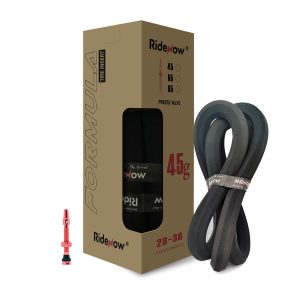 Select options This product has multiple variants. The options may be chosen on the product pageTires, Tubes, Wheels Tires & Tubes
Select options This product has multiple variants. The options may be chosen on the product pageTires, Tubes, Wheels Tires & TubesRidenow Tubeless Tire Insert Set for 700C x 28C-38C
$40.000 out of 5
Gram-Obsessed
Once you’ve spec’d out the core of your build, there are still plenty of ways to spend money in the pursuit of saving grams. Again, these upgrades usually come with diminishing returns, so you’re probably better off investing in a slightly better wheelset first. But if you’ve already maxed out everything else, then carbon fiber thru-axles, ultralight bar tape, or weight-weenie bottle cages are just a few of the ways to take your build to the next level.
Popular Weight Weenie Choices:
-
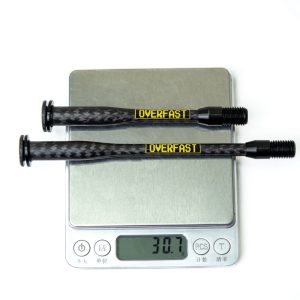
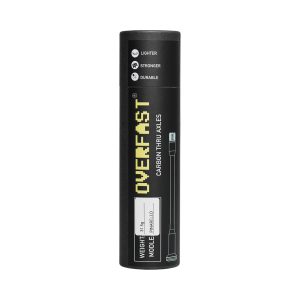 Select options This product has multiple variants. The options may be chosen on the product page
Select options This product has multiple variants. The options may be chosen on the product page -
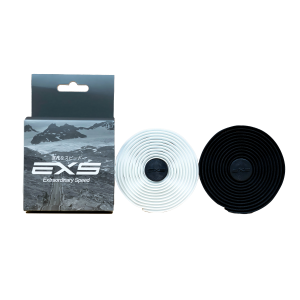
 Select options This product has multiple variants. The options may be chosen on the product page
Select options This product has multiple variants. The options may be chosen on the product page -
Out of stock
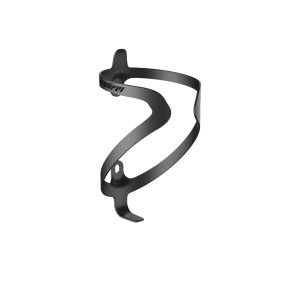
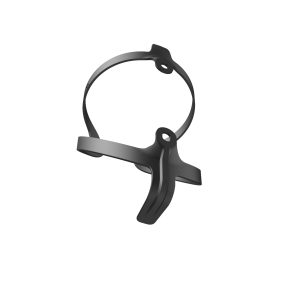 Select options This product has multiple variants. The options may be chosen on the product page
Select options This product has multiple variants. The options may be chosen on the product page -
Ready to Start?
After reading this article, it should be clear that building your own bike allows you to create a machine perfectly tailored to your unique needs. On our website alone, there are over one million possible combinations of bike builds—and that’s without even factoring in colour options!
However, we understand that such a wide range of choices can be daunting. If you’re struggling to decide, feel free to get in touch; our expert team is here to help guide you through the process. We look forward to hearing from you.
Author
Founder and CEO of Panda Podium. British expat living in China for 15 years. Love anything with wheels that goes fast. Mainly riding road bikes. Enjoy a good gravel ride too, but slow down to 10kph at the mere sign of loose sand. Still have huge love for rim brakes and alloy frames...








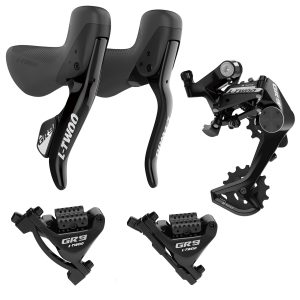

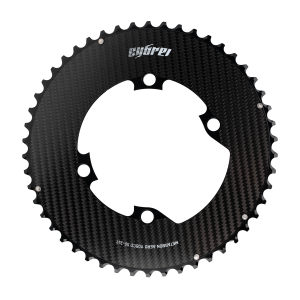
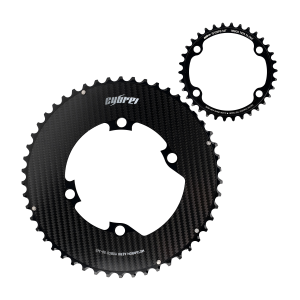
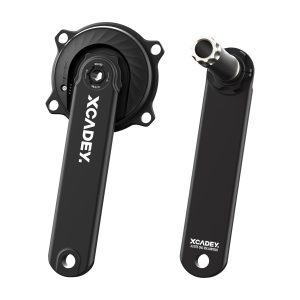
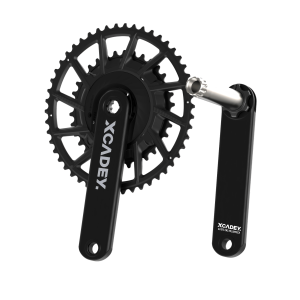
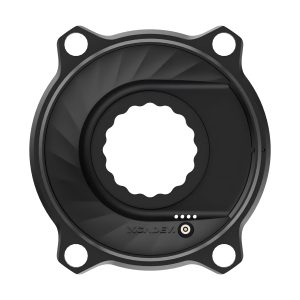
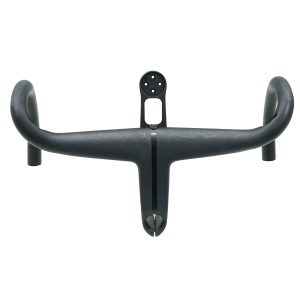
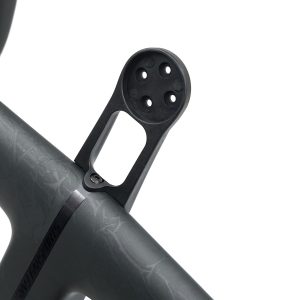
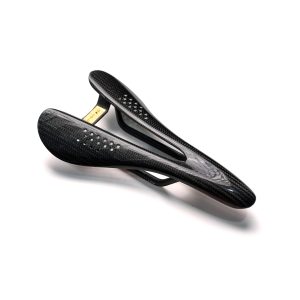


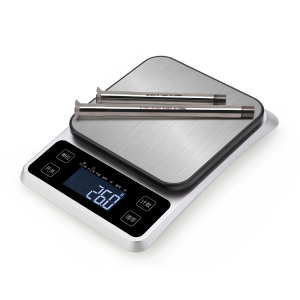
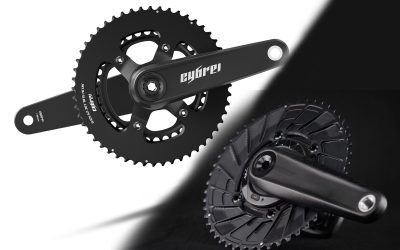

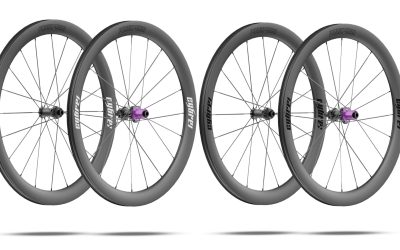
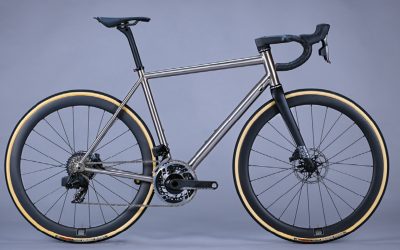
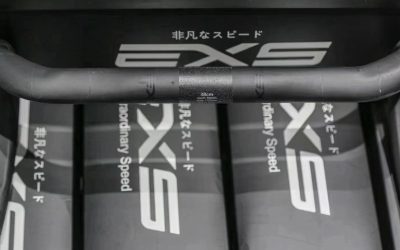
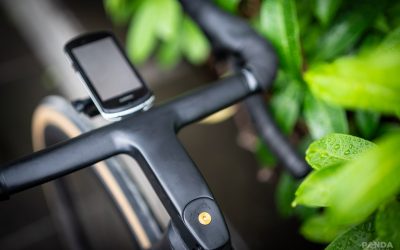
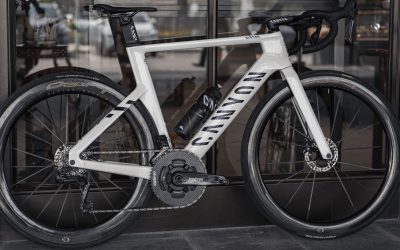
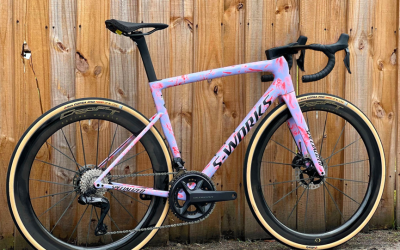
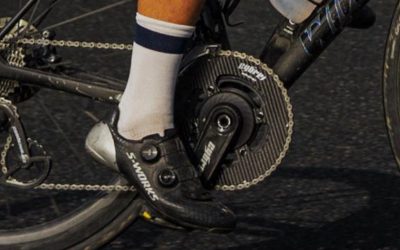
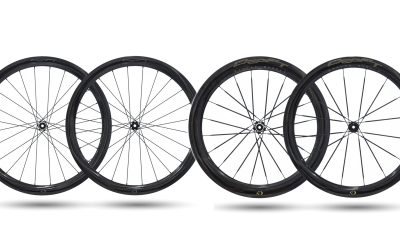
Leave a Reply
You must be logged in to post a comment.